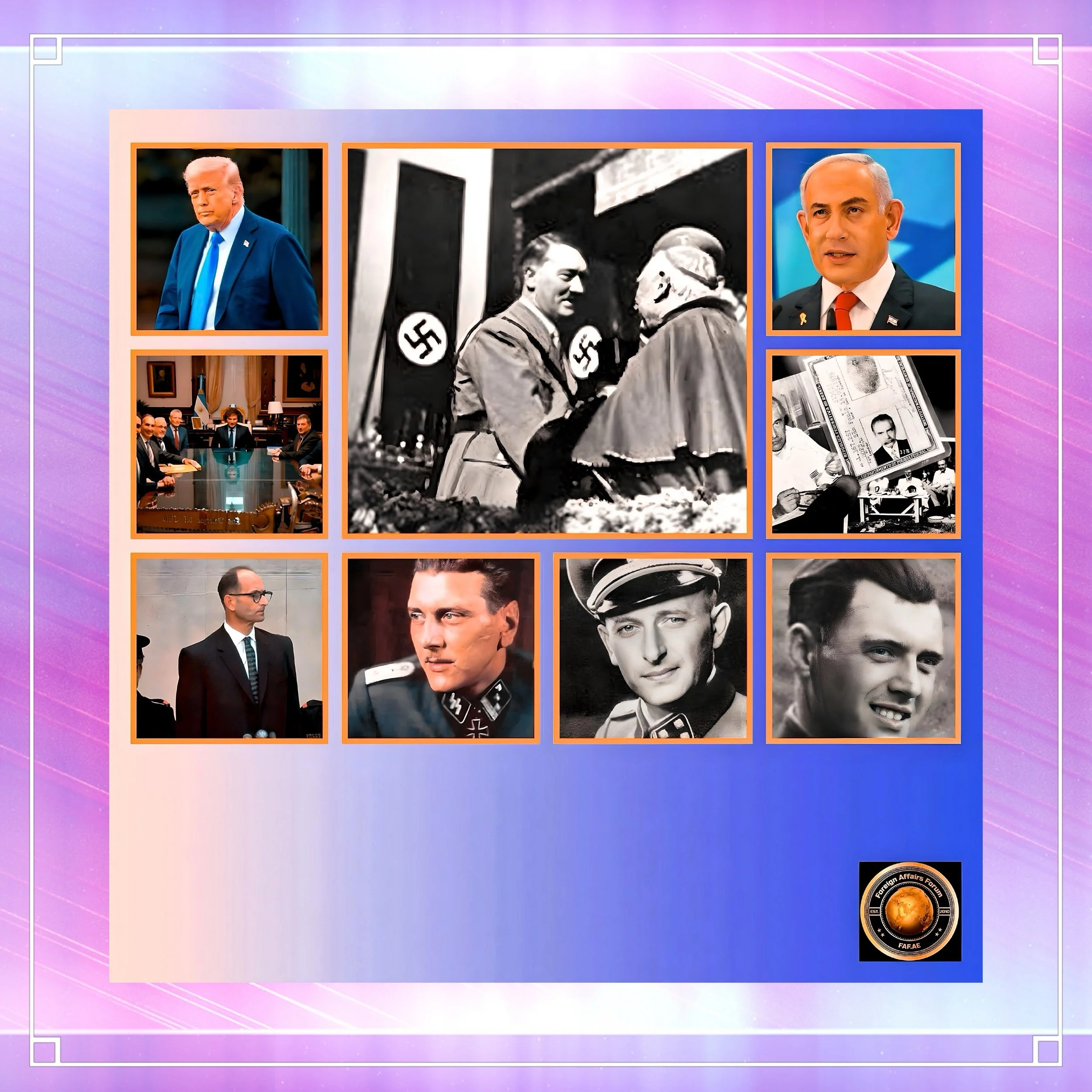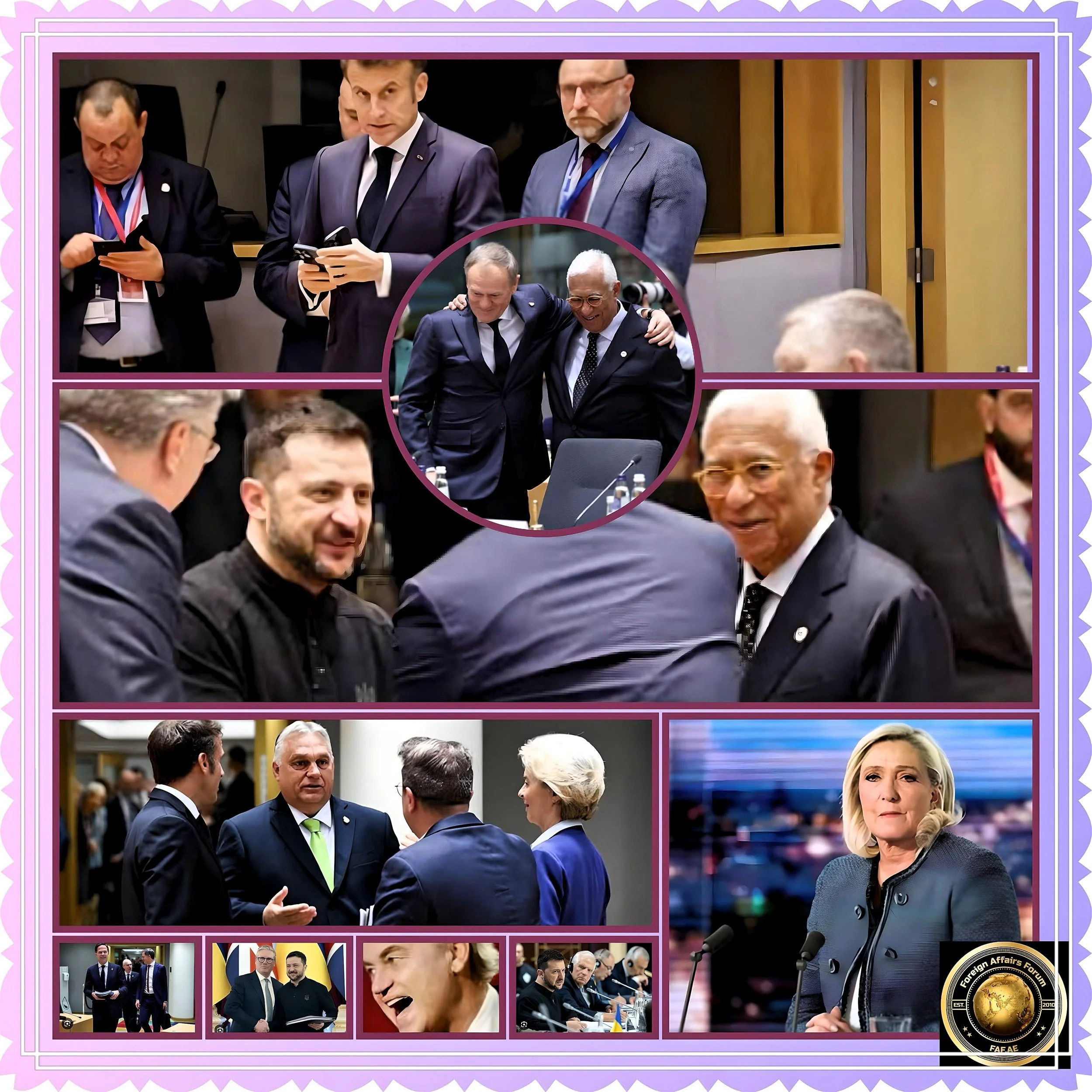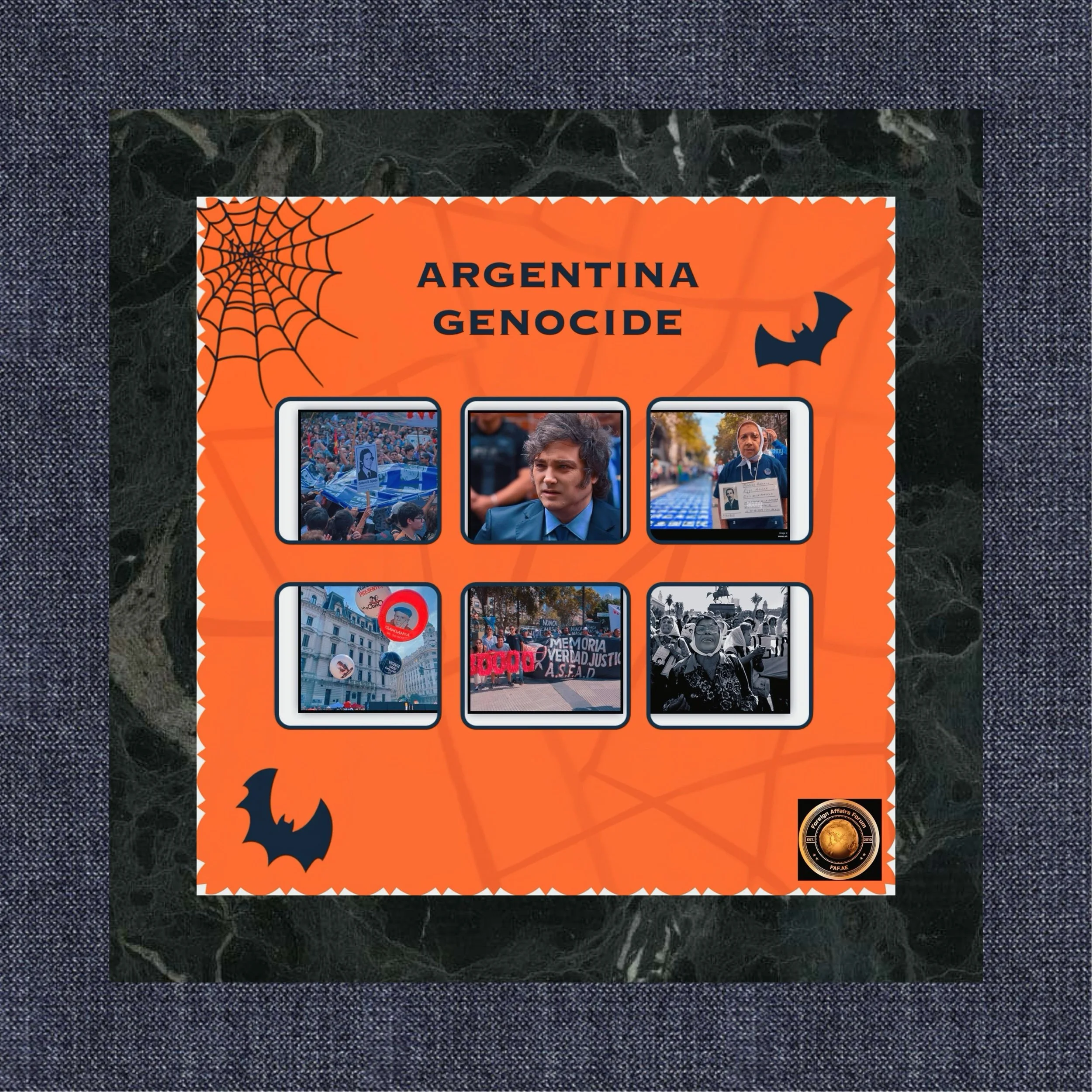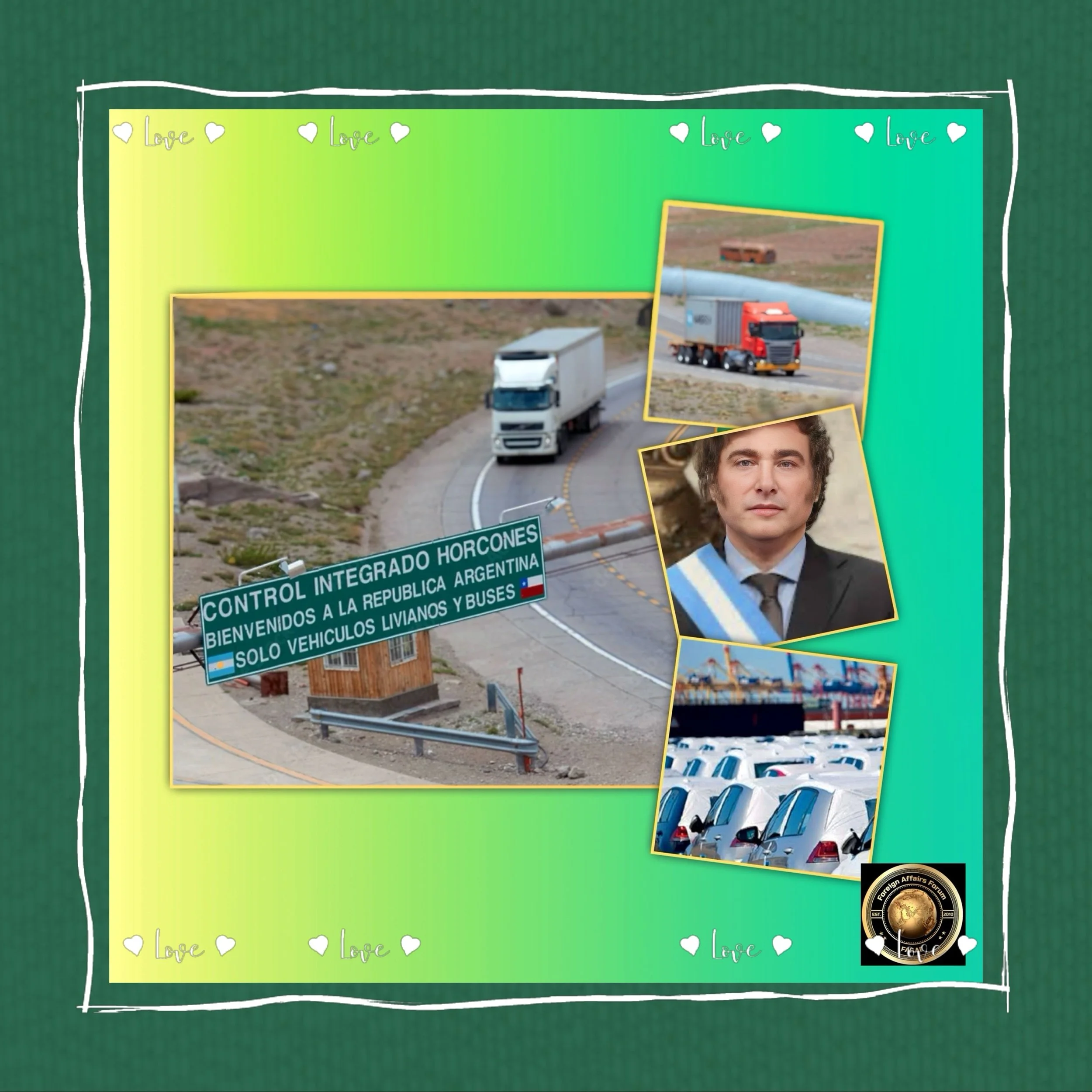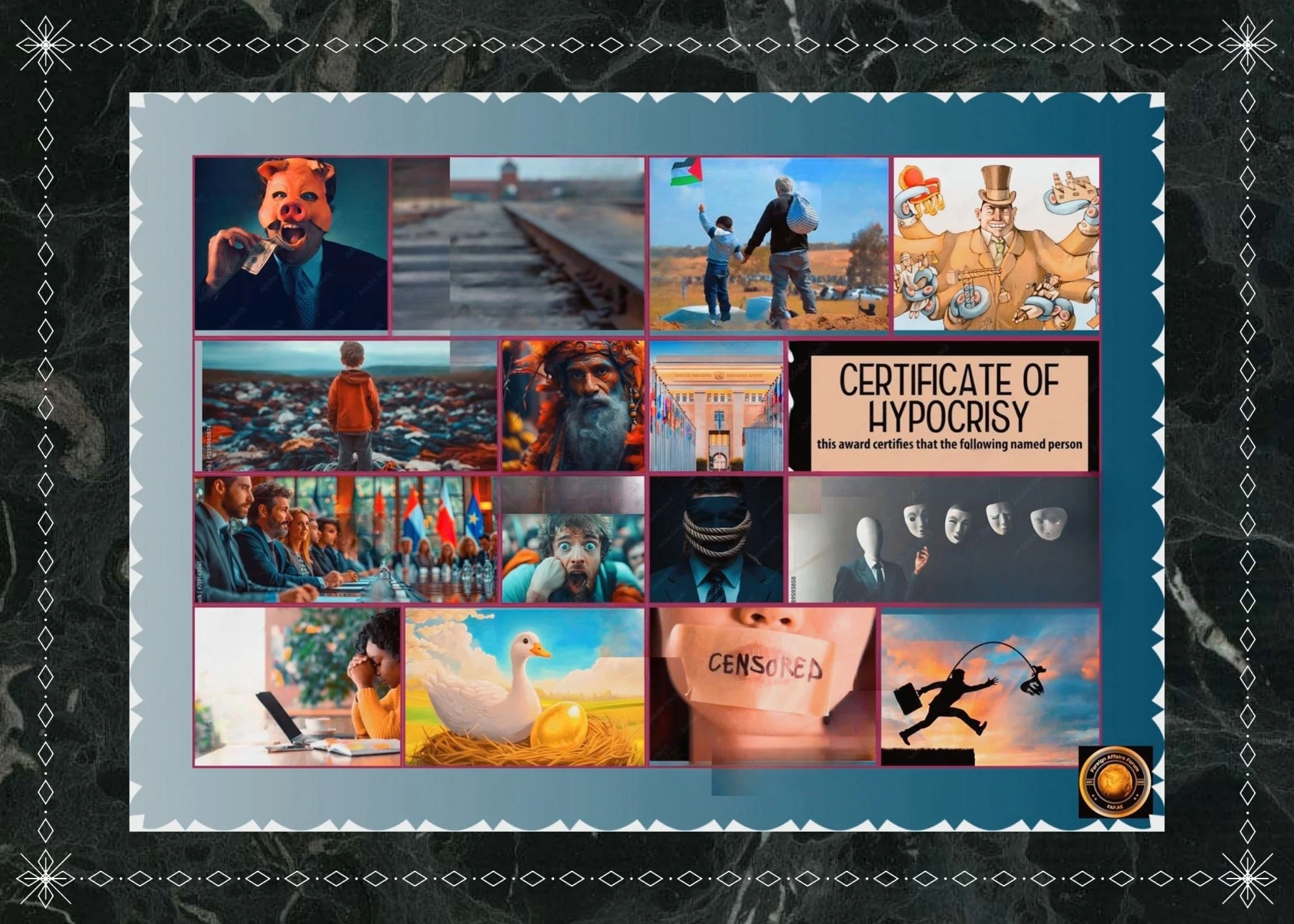Argentina’s Declassification of Nazi Archives: Uncovering Historical Complicity and Escape Networks
Introduction
Argentine President Javier Milei’s administration has ignited global attention by ordering the declassification of state archives detailing Nazi fugitives’ escape to Argentina after World War II.
This unprecedented move, announced on March 25, 2025, aims to expose the financial networks, governmental protections, and international “ratlines” that enabled war criminals like Adolf Eichmann and Josef Mengele to evade justice.
The documents, spanning Defense Ministry records, banking transactions, and intelligence files, promise to reshape scholarly understanding of post-war Nazi migration, Argentine complicity, and Cold War geopolitics.
By transferring these archives to the General Archive of the Nation, Milei fulfills a pledge to transparency while confronting Argentina’s controversial history of sheltering perpetrators of the Holocaust.
Historical Context of Nazi Migration to Argentina
Post-WWII Geopolitics and Argentine Neutrality
Argentina’s role as a sanctuary for Nazis emerged from its wartime neutrality and ideological alignment with fascist regimes. Under President Juan Perón (1946–1955), the country adopted policies welcoming European immigrants, including war criminals, to bolster its economy and military expertise.
Perón’s government maintained diplomatic ties with Francoist Spain and fascist Italy, creating a permissive environment for Nazis fleeing Allied prosecution.
This alignment reflected broader Cold War dynamics, as Western powers prioritized anti-communism over justice for Holocaust perpetrators.
The “Ratlines” and International Complicity
The declassified files are expected to detail the “ratlines”—clandestine escape routes orchestrated by Nazi sympathizers, Catholic clergy, and intelligence agencies.
These networks facilitated the transit of high-ranking officials through Italy, Spain, and Switzerland to South America.
For instance, Adolf Eichmann entered Argentina in 1950 under the alias “Ricardo Klement,” aided by Red Cross passports and Vatican contacts.
Similarly, Josef Mengele utilized ratlines to settle in Argentina before fleeing to Paraguay and Brazil.
The documents may reveal how neutral nations and corporate entities, such as Swiss banks, enabled financial transfers that sustained Nazi exiles.
Content of the Declassified Documents
Financial Networks and Corporate Collusion
A focal point of the archives is the financial infrastructure that supported Nazi fugitives.
Records from Argentina’s Central Bank and Defense Ministry are anticipated to expose accounts at institutions like Credit Suisse, which allegedly managed assets for war criminals.
These documents could corroborate longstanding claims that Nazi plunder—including looted gold and art—was laundered through Argentine banks.
For example, the 2023 New Republic investigation into German corporations like Bahlsen, which profited from forced labor, highlights how postwar economic networks shielded Nazi wealth.
The declassification may similarly reveal Argentine businesses and officials who facilitated money laundering.
Defense Ministry and Intelligence Archives
The Defense Ministry’s files are considered the most significant, containing details on state-sponsored protections for Nazis.
Reports suggest these records include immigration logs, housing permits, and correspondence between Perón’s administration and Nazi sympathizers.
For instance, Erich Priebke, the SS officer responsible for the Fosse Ardeatine massacre, lived openly in Bariloche until the 1990s, suggesting tacit governmental approval.
The files may also clarify Argentina’s refusal to extradite war criminals, a policy rooted in anti-communist sentiment and sovereignty claims.
Local Complicity and Civilian Networks
Beyond state stakeholders, the archives will likely implicate civilian networks that aided Nazi integration.
Catholic dioceses, German-Argentine cultural organizations, and rural communities provided safe havens, allowing figures like Mengele to practice medicine under pseudonyms.
The documents may also address rumors about Adolf Hitler’s alleged refuge in Argentina, though most scholars dismiss these claims.
Potential Insights for Historians
Reassessing Perón’s Regime
The declassification challenges Argentina’s historical narrative by exposing systemic collaboration between Perón’s government and Nazi networks.
While Perón publicly denounced fascism post-1945, his administration issued thousands of visas to former SS officers and facilitated their employment in military and industrial sectors.
Scholars may analyze how Perón’s populist agenda exploited Nazi expertise to modernize Argentina’s infrastructure, paralleling the U.S. Operation Paperclip.
Transnational Accountability and Corporate Responsibility
The files could spur legal and ethical reckonings for institutions that enabled Nazi resettlement.
For example, Credit Suisse’s alleged management of Nazi accounts mirrors the Bahlsen family’s use of slave labor, as detailed in The New Republic.
Historians might also explore how Swiss neutrality and Vatican diplomacy facilitated ratlines, complicating postwar claims of moral clarity among Allied nations.
Holocaust Denial and Memory Politics
By corroborating survivor testimonies with state records, the archives counter revisionist narratives.
Holocaust deniers like Ernst Zündel have long exploited archival gaps to downplay Nazi crimes.
The declassification reinforces the evidentiary basis for prosecuting denialism, as seen in Germany’s Volksverhetzung laws.
Additionally, the files may clarify the scale of Nazi migration, with estimates ranging from 5,000 to 10,000 fugitives in Argentina alone.
Political Implications of Mile’s Decision
Alignment with U.S. Interests
Milei’s order follows pressure from U.S. Senator Steve Daines, a Trump ally advocating for transparency in Nazi financial networks.
This collaboration aligns with Milei’s pro-Western foreign policy, including his pledge to move Argentina’s embassy to Jerusalem.
Milei strengthens bilateral ties by appeasing U.S. lawmakers while distancing Argentina from its non-aligned past.
Domestic Reckoning and Human Rights
The declassification coincides with Milei’s broader agenda to declassify military junta files (1976–1983), addressing Argentina’s “Dirty War” crimes.
Critics argue these moves distract from economic crises, yet supporters frame them as overdue justice.
For instance, transferring dictatorship-era files to the General Archive fulfills a 2010 decree by Cristina Fernández de Kirchner, highlighting continuity in human rights advocacy.
Controversies and Skepticism
Skeptics question Milei’s timing, noting his dismissal of archivists amid austerity measures.
Others warn that exposing Nazi collaborators could inflame far-right movements, akin to Richard Spencer’s alt-right activism in the U.S. However, Rabbi Abraham Cooper of the Simon Wiesenthal Center praised the move as a “historic step toward truth.”
Conclusion
Toward a Nuanced Historical Understanding
President Milei’s declassification initiative marks a watershed in Holocaust studies, offering unprecedented access to state-sanctioned complicity.
By illuminating financial networks, bureaucratic protections, and international ratlines, the archives compel a reevaluation of Argentina’s role in postwar fascism.
They also underscore the global dimensions of Nazi impunity, implicating corporations, governments, and ideological allies across continents.
While political motivations underlie Milei’s transparency push, the scholarly and ethical imperatives to confront this history remain paramount. As these documents enter the public domain, they challenge Argentina—and the world—to reconcile with the legacies of collaboration and justice deferred.

